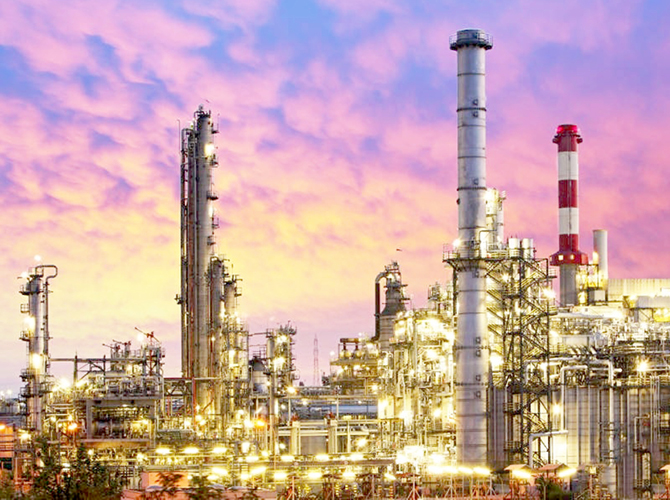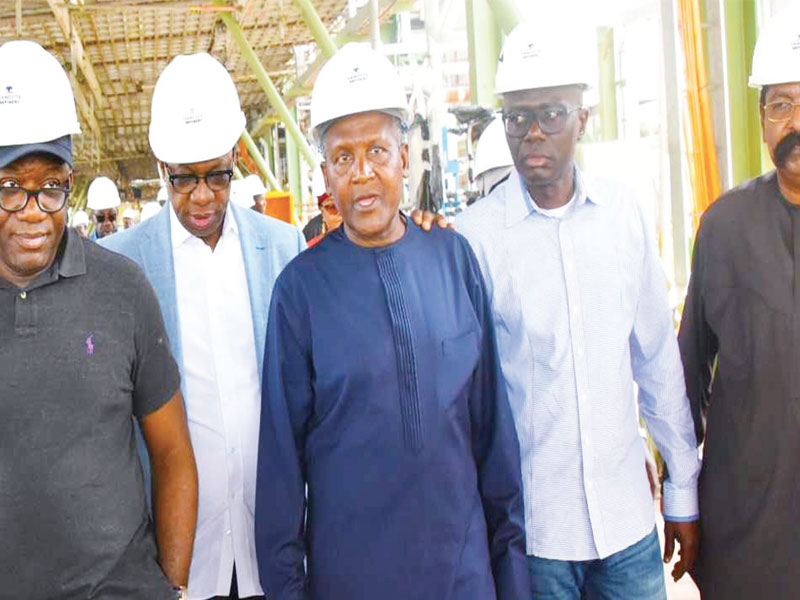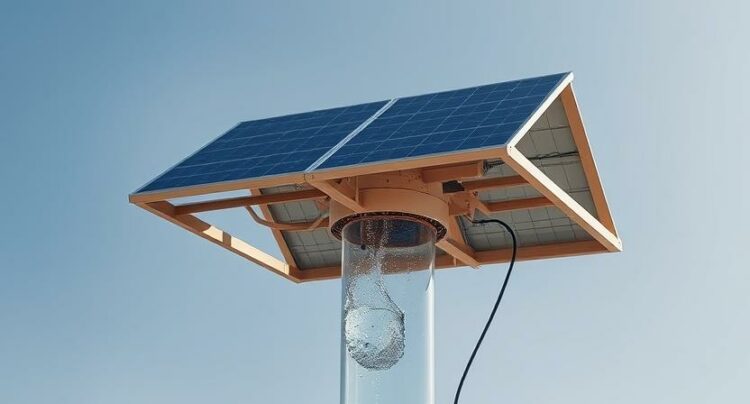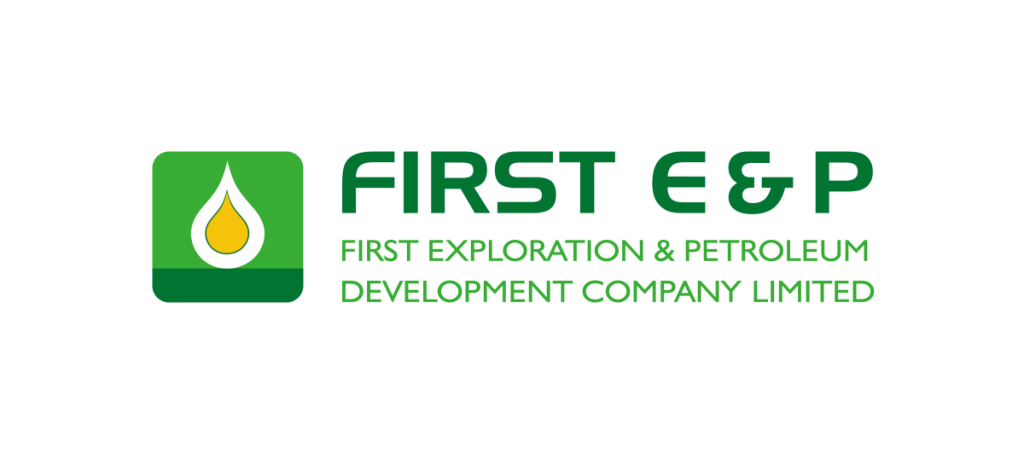By Simon Ferrie
Mega-refinery set to transform Nigeria but questions remain over feedstock that may limit key gasoline production, at least for now
Nigeria’s much-delayed Dangote refinery has started production, in defiance of the widespread pessimism over the project’s timeline. The facility has already received multiple crude deliveries, but the specific grades and volume may cap potential output, while some observers caution that further delays could still emerge.
Nigerian conglomerate Dangote Group announced on 12 January the start of diesel and aviation fuel production at the new refinery. “The first trial runs [at Dangote] must have already started in December, judging by crude import flows over December and January, with a looming ramp-up in runs already [in January],” said Andon Pavlov, lead analyst for dirty products and refining at data analytics firm Kpler. And this activity began well ahead of many analysts’ estimates. Last year, industry forecasts for Dangote’s startup ranged from Q1 to Q2 2024, with many warning that the risk of further delays persisted. “Trial runs in December were a slight surprise to us,” admitted Pavlov, adding that “we had assumed this would happen by the middle of Q1 2024”.

“The [refinery] setup is designed to run on heavier crude grades” Pavlov, Kpler
So far, six tankers have delivered around 6m bl of crude to the new refinery via the port of Lekki, data from analytics firm Vortexa indicates. But while that would be plenty of crude for an already operational facility, it might not be enough for a refinery gearing up to commence production. “Six cargoes, around 6m bl, of crude is not a large amount for a 650,000b/d refinery”, said Jay Maroo, head of MENA market intelligence at Vortexa, noting the large scale and capacity of the Dangote development. “There will need to be much more crude imported to ensure line fill is sufficient for a ramp-up in production,” he explained. Line fill is the volume required to be in place for pipelines and systems such as refineries to have efficient flows.
Sweet surprise
However, this activity at Dangote might not all be good news. “The most interesting aspect of this launch, in my opinion, is the crude diet,” said Pavlov, in a point emphasised further by Maroo. Dangote’s crude receipts to date comprise around 2m bl of Agbami, about 2m bl of Amenam and roughly 1m bl each of CJ Blend and Bonny Light, Vortexa data show. All these grades are Nigerian in origin, as was long promised by the Dangote Group and Nigerian oil company NNPC. But “all of these crudes are light-sweet”, stressed Maroo, while Pavlov explained that “the [refinery] setup is designed to run on heavier crude grades”. The importation of lighter crudes “underpins the argument that the secondary units are not really ready yet”, said Maroo.
The mammoth new refinery “wields quite a sizeable RFCC [residual fluid catalytic cracking] unit, and the fact that the operator has chosen to commence operations with lighter crudes is somewhat unusual”. RFCCs are used to process heavier feedstock, and Pavlov suggested that “a third of [Dangote’s] primary capacity is supposed to run via an RFCC unit”. The refinery can still process lighter grades, of course, and that “means the light end units will get a boost in utilisation rates”, said Pavlov. But Dangote having to use non-optimum grades “suggests that normal utilisation rates are out of the question for the time being”, he continued, stating that Kpler expects the refinery to see “a gradual increase in run rates over H1 and a stabilisation towards early H2 at around 450,000–500,000b/d”, short of its 650,000b/d nameplate capacity.

“There are rumours of gasoil cargoes as the refinery’s first [clean petroleum product] exports”, said Pavlov, “which is telling us that there are still some operational challenges, considering that the refinery’s main output product is supposed to be gasoline”. And it is notable that the Dangote Group itself announced it “has commenced production of diesel and aviation fuel”, rather than gasoline, which is a key part of Nigeria’s historic dependency on product imports.
Furthermore, “large-scale refinery projects can have a lot of uncertainty” associated with their ramp-ups, said Maroo, while Pavlov added that “caution is advised”. Other observers have previously highlighted the vulnerability of Dangote’s design, which comprises one single crude distillation unit, so any problems with that unit will take the entire refinery offline.
650,000bl/d — Nameplate capacity of refinery
Even before these lighter-grade imports, questions were being raised about where NNPC—a significant equity holder in the project—might source sufficient volumes of heavier crudes, as Nigerian crudes tend to skew lighter. One exception is Ebok, a heavy sweet grade, but production volumes are limited, with information provider S&P Global putting 2022’s output at 10,000b/d, less than 10% of the Agbami produced that same year. The refinery’s operators may therefore have to start using imported grades, although that would go against one of the stated goals of the project, which has been a flagship development for both the Dangote Group and the Nigerian government. But NNPC exchanged crude for refined products under the previous subsidy regime, so there is precedent for the former NOC signing deals to swap barrels.
Nigeria controversially ended its long-running fuel subsidies last year, and domestically refined fuels from the new mega-refinery were supposed to have helped the country end its expensive import dependence. However, even if the facility is unable to reach—or is delayed in reaching—its 650,000b/d nameplate capacity, it is nevertheless likely to have a sizeable impact. The ongoing ramp-up in activity at Dangote has already surpassed many previous forecasts and could conceivably surprise again. And the new mega-refinery is still likely to prove a game-changer, not only for Nigeria but also for the wider region and product trade flows on a global scale.








